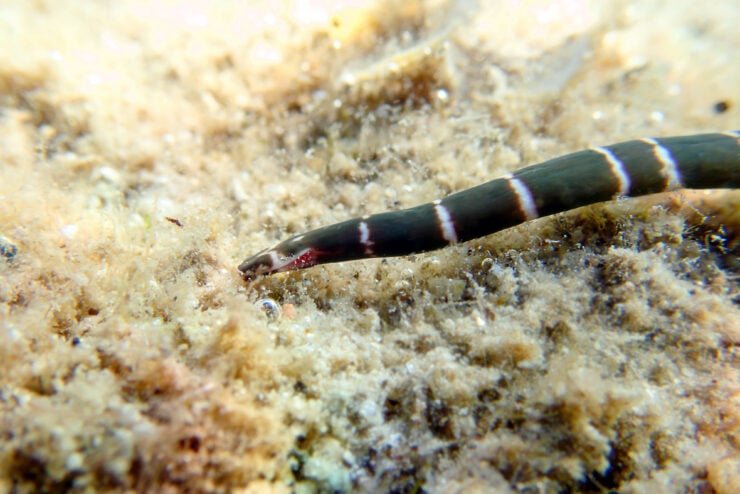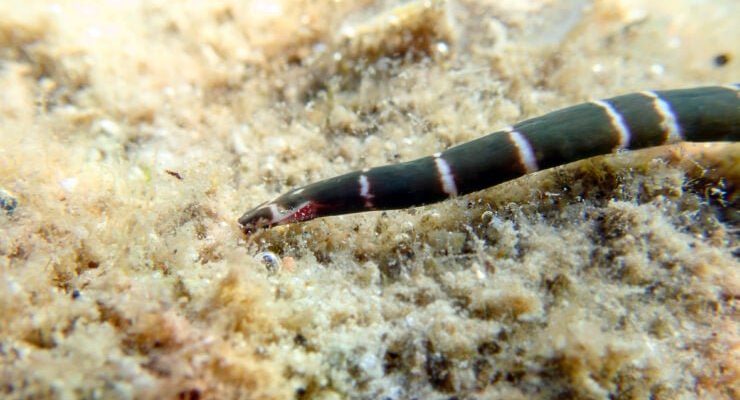
Honestly, the world of ribbon worms is more complex than it seems. While the majority thrive in marine settings, some species have adapted to freshwater habitats. It’s almost like finding a fish out of water—there’s a certain surprise and intrigue about it. Let’s dive deeper into the life of ribbon worms and explore where they can really be found.
What Are Ribbon Worms?
To understand if ribbon worms can be found in freshwater, we first need to know what they are. Ribbon worms are long, soft-bodied invertebrates that can stretch up to several meters in length. They have a distinctive, slender shape, resembling spaghetti or ribbons, which helps in their movement through various environments. Ribbon worms possess a unique feature called a proboscis, which they extend to capture prey, mainly small marine animals like crustaceans.
These creatures have a fascinating life cycle and exhibit a range of colors—often bright and sometimes even bioluminescent. It’s interesting to note that there are over 1,000 species of ribbon worms, and their habitats range from the deep ocean to coastal areas. This variety is key to understanding their adaptability to different environments.
Where Do Ribbon Worms Typically Live?
Most ribbon worms are found in saltwater environments. They commonly inhabit the sandy or muddy bottoms of oceans, often tucked away in crevices or buried in sediments. You might picture them lurking in tide pools or slithering along the sea floor, much like how eels move. They thrive in places with plenty of food, where they can hunt without being easily spotted.
In contrast, they’re not as common in freshwater ecosystems. Waters such as lakes and rivers typically lack the exact conditions ribbon worms need for survival. However, this doesn’t mean they can’t live there; some species are known to inhabit brackish waters, which are a mix of freshwater and seawater.
Can Ribbon Worms Adapt to Freshwater Environments?
You might be wondering if any ribbon worms can adapt specifically to freshwater habitats. The answer is yes, but it’s a bit nuanced. A few species of ribbon worms—like certain types of *Nemertea*—actually have been found in freshwater. These species have unique adaptations that allow them to survive in less salty environments.
For instance, they may have evolved mechanisms to regulate their internal salt balance, enabling them to thrive in ditches, streams, or even wetlands. It’s like how some fish can survive in both freshwater and saltwater due to specialized gills and kidneys. However, this adaptability doesn’t mean they can be found everywhere in freshwater; their populations are usually limited and specific to certain locations.
The Role of Freshwater Ribbon Worms in Ecosystems
Now that we’ve established that some ribbon worms can indeed exist in freshwater, let’s look at their role in these ecosystems. Just like in the ocean, freshwater ribbon worms play a crucial role in the food web. They usually feed on tiny organisms, thus helping control populations of smaller invertebrates. This predatory behavior maintains balance within the ecosystem.
Furthermore, their presence is a sign of a healthy water body. The fact that they can live in freshwater indicates that the environment has sufficient food sources and a suitable habitat for their survival. You could say they’re like little guardians of freshwater environments, silently contributing to the ecological balance.
How to Identify Freshwater Ribbon Worms
Identifying freshwater ribbon worms can be tricky, especially since they often blend in with their surroundings. However, if you know what to look for, it’s quite doable. Here are some identifying features:
- Body Shape: They have long, slender bodies that can appear flat or cylindrical.
- Color: Freshwater ribbon worms may vary in color from brown to green or even bright reds and pinks.
- Movement: They move in a unique way, often gliding smoothly across surfaces or burrowing into mud.
- Proboscis: If you catch a glimpse of their proboscis, you’ll notice it extends outwards when hunting.
When exploring freshwater areas, keep an eye out for these features. You might be surprised at what you find!
Common Myths About Ribbon Worms
There are quite a few misconceptions about ribbon worms that deserve some attention. One common belief is that all ribbon worms inhabit salty waters. As we’ve discussed, that’s not entirely accurate. While most species prefer marine environments, a few have made freshwater their home.
Another myth is that ribbon worms are harmful to humans. While it’s true that some species can give a mild sting if handled, they typically aren’t dangerous. It’s always smart to observe wildlife from a distance rather than handle them directly. Just like not diving into a pool without checking the depth first, a little caution goes a long way!
Where to Find Freshwater Ribbon Worms
If you’re interested in spotting freshwater ribbon worms, you’ll need to check specific habitats. They often prefer shallow waters, wetlands, and areas with ample organic matter. Here are some places where you might find them:
- Streams and Rivers: Look near the banks or among rocks.
- Lakes: Focus on the muddy bottoms where they can burrow.
- Wetlands: These provide a rich habitat for various invertebrates, including ribbon worms.
When exploring these environments, consider using a small spade or your hands to gently sift through the mud or vegetation. Just be sure to leave the ecosystem undisturbed. You never know—you might uncover some ribbon worm surprises!
So, can ribbon worms be found in freshwater? The answer is a resounding yes, but it’s not as simple as it may seem. While the majority thrive in saltwater, some species have adapted to freshwater environments, showcasing nature’s incredible ability to evolve. These unique creatures serve as both predators and indicators of ecological health in their habitats.
If you’re ever near freshwater bodies, take a moment to appreciate the hidden life beneath the surface. From their slender bodies to their mysterious movements, ribbon worms add an intriguing layer to our understanding of aquatic ecosystems. Just like the ribbon in a beautiful gift, they might be hidden at first, but they play a crucial role in wrapping up the wonders of nature.

